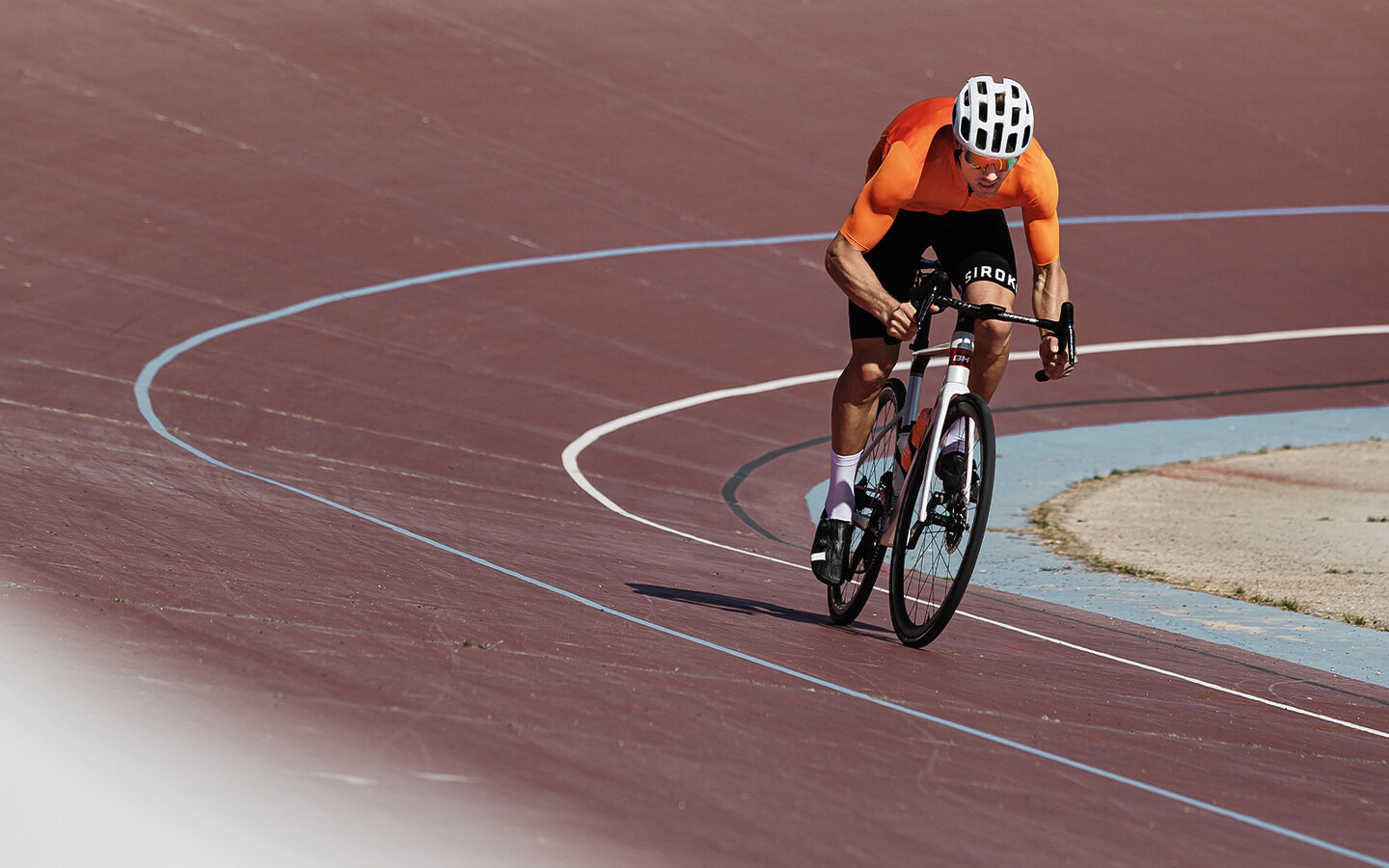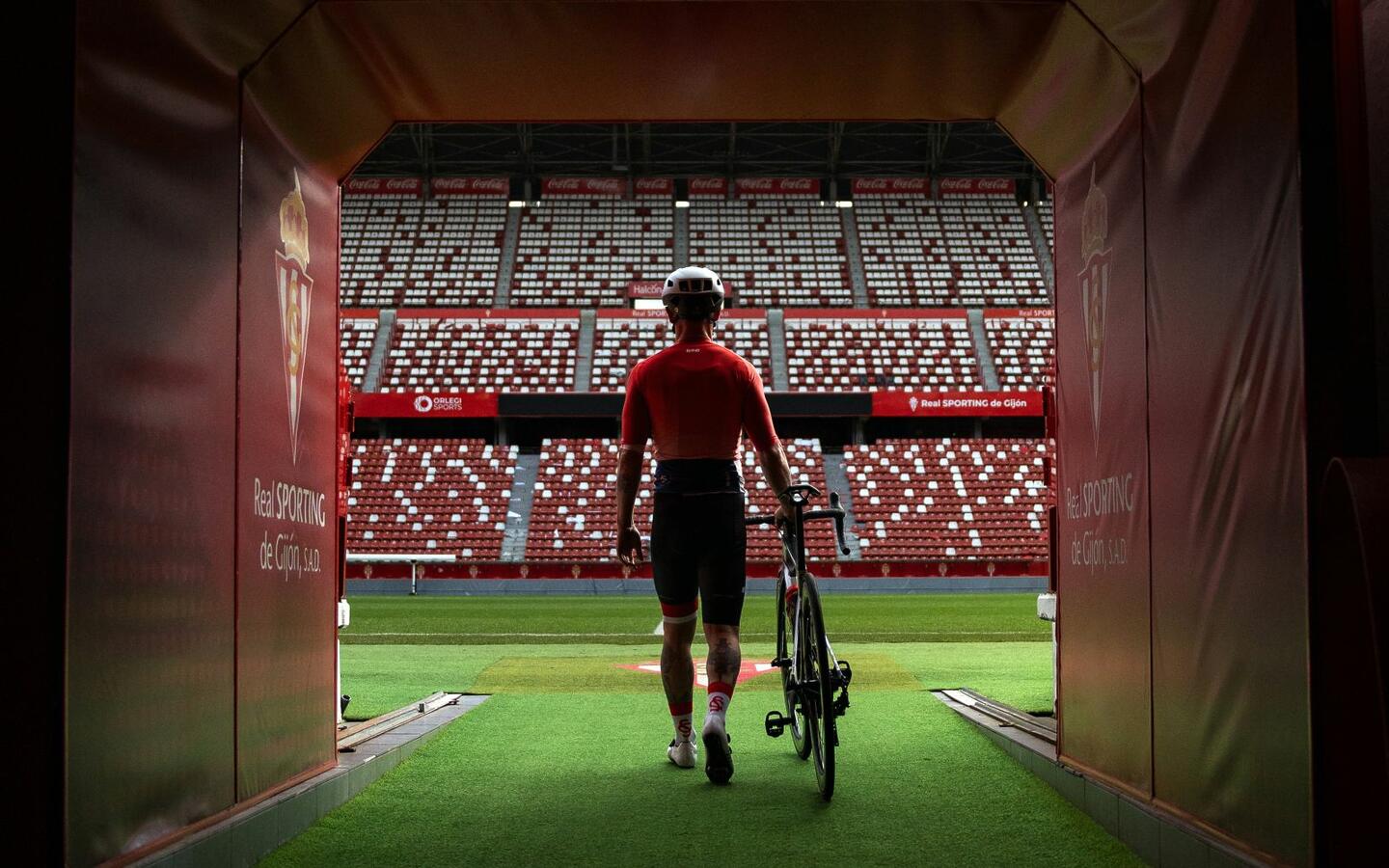Is electronic shifting better than mechanical? Is it worth the upgrade? Is it really necessary? These are some of the questions you have been sending us, and today we’ll try to answer them to help you choose a new bike or make adjustments to the one you have. Here are the advantages and disadvantages of electronic bike shifting:
Pros
Gear accuracy: Electronic shifters offer a higher level of gear accuracy as opposed to traditional mechanical shifting systems. This technology allows for smoother and faster gear shifting, without the need of periodical maintenance.
Easy to use: Electronic groupsets tend to be easier to handle, especially when it comes to beginner cyclists or those who have a hard time getting around mechanical shifting. You just have to press a button or two to shift gears, depending on the brand. Some other systems also offer automatic gear shifting, which makes the process even easier. You could also shift by holding the button until you reach the desired gear.
Consistency: Electronic gear shifting guarantees the same performance from beginning to end, whereas mechanical shifting always depends on how tight, loose or worn out the cables are, which eventually results in a loss of speed and precision when shifting gears. Plus, with electronic shifting you just have to press a button, as opposed to mechanical shifting, that sometimes requires you to put a bit of effort into adjusting the gears.
Minimal effort: You don’t really need great strength to use the levers and shift gears with a mechanical system, but the effort with an electronic system is almost nonexistent. Of course, no cyclists have experienced pain in their fingers due to gear shifting, but in some cases (cyclists with loss of feeling or strength in hands or fingers) electronic shifting is a lifesaver.
Customization: Some electronic gear shifting systems allow for setting customization, such as shifting speed or button configuration. You can even add extra buttons to be able to shift gears without using levers. This way, cyclists can adjust the system to their own preferences and needs.
Improved performance in the rain, mud or dirt: Cyclocross was the acid test of electronic gear shifting. From the very beginning, electronic shifting became a fundamental element in this demanding cycling discipline, as it works way better than mechanical shifting and gets less affected by water, mud, dust or dirt.
Less maintenance: Electronic shifting requires less maintenance than mechanical shifting, given that there are no cables subjected to deterioration that need periodical adjustments. This way, the need for maintenance and replacements is reduced. You just have to check on the battery’s health and, at most, perform a few micro adjustments with the buttons.
Combination with other electronic components: Most electronic groupsets can be integrated with other bike components, such as cycling computers or GPS navigation systems. This allows for better functionality and control of the battery charge, for instance. Plus, it compiles usage data so that you can see how you shift and what gears you’re using.
Industry trends: The big brands in the cycling market (Shimano, Sram and Campagnolo) are increasingly opting for electronic shifting in all their different models. Of course, they still offer bikes with mechanical shifting, but these are becoming less and less popular. Plus, when it comes to older models, it’s getting harder to find replacements for certain components. Let’s say the cycling industry is slowly ‘forcing’ you to upgrade to electronic groupsets.
Cons
Price: Electronic groupsets tend to be more expensive than mechanical systems. As of today, purchasing different components separately is not quite common, but if you tried to do so, the price would be considerably higher. Likewise, spare parts and pieces are always more expensive for electronic shifting when compared to mechanical.
Battery reliance: Electronic groupsets need a battery or even several batteries to make the derailleurs and gear levers work. This means that keeping a fully charged battery is crucial, as there’s a risk of running out of power if you haven’t been charging it. By accident, while storing or transporting your bike, a button could get pushed and the system would still be working, resulting in a flat battery. All electronic shifting systems have lights that indicate the battery status, so make sure to always check on them. As you can see in the video below, Sram electronic shifting systems feature detachable and interchangeable batteries on the rear and front derailleurs, which is very convenient.
Lower impact resistance: Electronic shifting systems are more prone to damage caused by bumps or strong crashes. If your bike gets knocked down from a fall or an accident, there’s a higher risk of damage for the electronic components, which can be hard to fix in the middle of the ride and expensive to repair or replace.
Reliance on electronic components: Just like mechanical shifting, electronic systems are prone to breakdowns as well. You might face issues with batteries, defective components or software malfunction. If your electronic groupset breaks down during a ride, there’s not much you can do about it but check the batteries, make sure the wiring is properly connected and try resetting. This could be an impossible task to solve on the go.
Additional weight: In comparison to mechanical shifting of similar range, electronic systems tend to be heavier due to components such as batteries and motors. This results in a weight increase of around 300-400 grams, even if some other components are sometimes lighter than those in the mechanical systems.
Harder to install: This is especially the case with Shimano Di2 and Campagnolo EPS shifting systems, and not so much with the Sram eTap AXS. If you’re not a mechanics expert and don’t have the necessary tools, turn to a professional workshop to get the installation and configuration done.
Little to no tactile feel when shifting: When you shift gears just by pressing a button, you lose the feedback you get when you use a mechanical system. Electronic systems are so silent and quick that somehow you don’t feel you have changed gears at all, though your legs wouldn’t agree on that. This is why some cyclists prefer mechanical systems, to feel that resistance and the clicking sound of changing gears.
Compatibility issues: There’s a high possibility of electronic shifting being incompatible with a wide range of bikes and components, especially when it comes to old models. You have to make sure all the bike components are compatible with the electronic system you choose.
Uncertainty on durability: Electronic shifting is relatively new, and we don’t know how long they will last, or whether manufacturers will stop producing components or upgrading software. The first generation of Shimano Di2 has been running since 2010, will they make it to 2030?
When electronic shifting appeared, they started out as a premium option for professionals and cycling enthusiasts. Now, brands have made this technology more popular, and more middle- to low-end bikes feature electronic shifting. If you are seriously considering getting a bike with an electronic groupset, we recommend you to do some research and read reviews on the systems you’re interested in to get a full picture of their advantages and disadvantages that can vary based on the brand and model.





I got sick of the maintenance required with mechanical shifting and went to electric for my weekend and long ride bike. I have crashed and got stranded when my rear. Derailuer refused to shift (stripped internal gears). But overall electric was a big positive.
My commuter bike is still mechanical and will likely remain that until the cost of electronic components come down.
Hi Shaun,
Thanks for your comment and for sharing your personal experience. It is something that has happened to many electronic shifting users.
For commuting, electronic shifting and internal gears like Shimano Alfine Di2 are a pretty good option. It has even less maintenance because all the gears are internal and protected from the elements. Highly recommended if you live in a rainy weather.
Best
Siroko
Pingback: What Is Electronic Shifting - eBikeAI